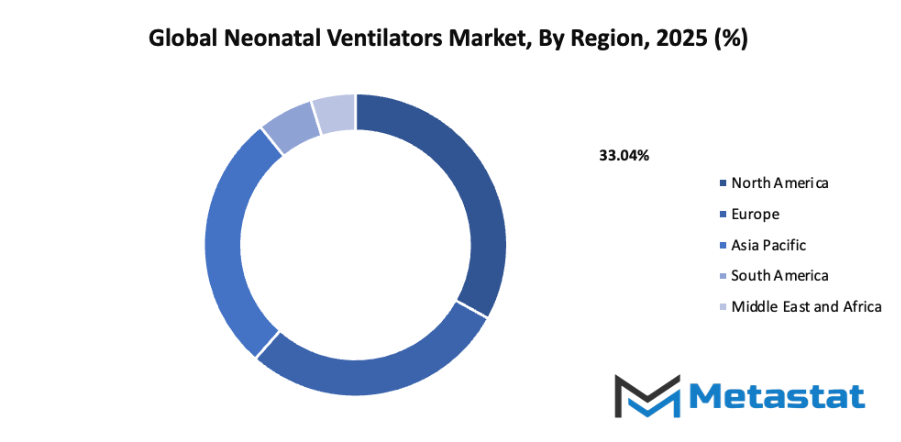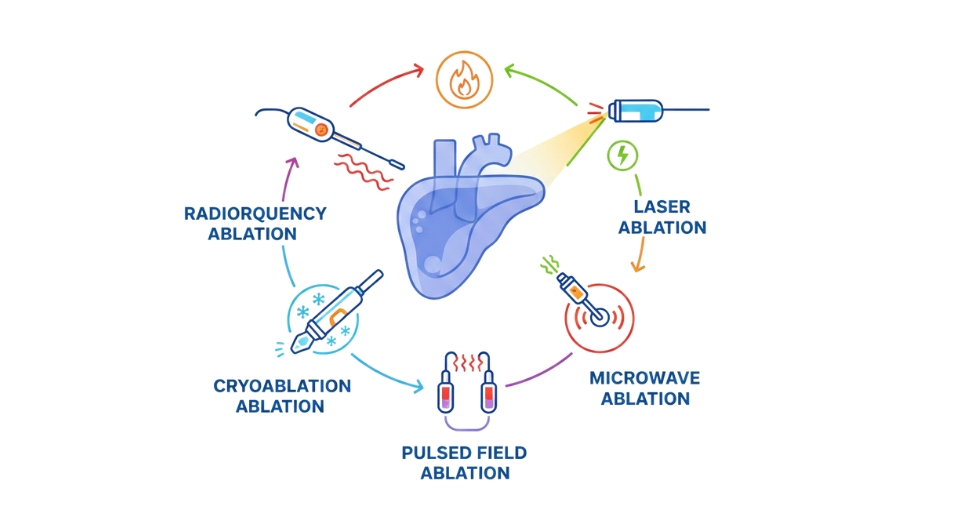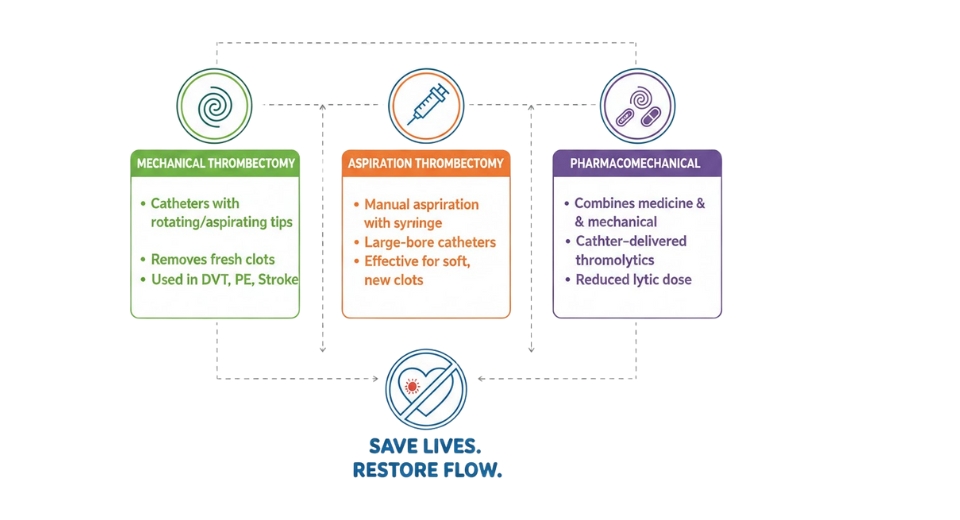Global Neonatal Ventilators Market - Comprehensive Data-Driven Market Analysis & Strategic Outlook
The global neonatal ventilators market and the corresponding industry was the main reason for their creation. In the late 1960s and early 1970s, the neonatal intensive care units were just starting to be introduced, and premature newborns without developed lungs very rarely made it through without medical care. The first ventilators that were designated for infants were actually adult ones, just modified a little; but, in fact, they were often too rough for the delicate lungs. Communication between doctors, manual adjustments of settings and learning through trial and error were the main practices during this time. This period of time was precisely when the newborns' needs would later fully specialize into what would then be a proper industry.
- Global neonatal ventilators market is foreseen to be worth around USD 452.1 million in 2025, about 5.1% CAGR through 2032, with USD 640.6 million potential to be the upper limit.
- Innovative research is progressing and non-intrusive applications are expanding, as Invasive Ventilation shares nearly half of the market.
- The main factors contributing to the market's growth are the high birth rates of premature babies and infants suffering from respiratory illness demanding a variety of neonatal ventilators and the increase in technology making non-invasive and portable ventilators for neonatal use easier.
- AI-enabled and smart neonatal ventilators are becoming more and more popular because they lead to better patient monitoring and outcomes, and thus they are the main contributors to the opportunity that exists.
- The market is going to see a massive increase in value over the next decade, which is a clear indicator of the great potential in growth.

One of the most significant transformations occurred when the doctors finally came to the conclusion that the ventilation given to preterm babies should be soft and at low pressure. This was the start for the creation of the infant ventilators, which had been specially designed for the babies to use, in the 1980s. The introduction of microprocessors gave a further boost to the equipment. It became possible to control the airflow with maximum accuracy, to provide more stable oxygen supply, and to monitor the whole process on screens equipped with digital technology. The hospitals began to choose machines that did not only breathe for the baby but also made sure the fragile skin was not damaged.
Sooner or later the world changed and with it the people's expectations. Parents got and were able to get much information about the hospitals and sometimes even checking the hospital’s technology before making the decision on the facility. The hospitals started to ask for ventilators that were able to give the respiratory care with a gentle approach, while the manufacturers reacted by introducing modes that would be in time with the infant’s natural breathing cycle. In addition, the introduction of non-invasive methods of ventilation along with their benefits of not causing complications associated with tracheal tube placement was a further factor in lessening the use of invasive methods.
In the same manner, regulation not only influenced technology but also the development of the industry. By regulating the industry, the various authorities managed to set up stricter safety standards that forced the companies to conduct more clinical trials and make their performance data more approachable. However, contrary to resistance, numerous companies saw this as an opportunity and challenge to give birth to even better machines. The time is now here when the focus is on connectivity. The next-generation systems will be able to gather the patient's data instantaneously, notify the nurses that a change in setting is required, and allow the doctor to monitor the patient’s progress even without being at the bedside.
The upcoming industry will be characterized by the use of quieter machines, smaller user-interface devices, and artificial intelligence that will be able to learn from each breath pattern. Research teams are investigating ways of predicting the baby’s distress before it manifests itself, thus allowing interventions to be carried out in advance rather than waiting until a crisis has occurred. What was several decades ago a basic attempt to aid premature baby
Market Segments
The global neonatal ventilators market is mainly classified based on Product Type, Mobility, Technology, End User.
By Product Type is further segmented into:
- Invasive Ventilation: Invasive ventilation is a technique that employs a tube inserted into the airway to regulate the breath support for infants that are critically ill and have respiratory issues. This method aids in the control of both oxygen and carbon dioxide during very critical medical situations. Clinicians resort to this method during the emergency support when the other ways are not adequate.
- Non-Invasive Ventilation: Non-invasive ventilation is a method that offers respiratory support without resorting to a tube placement, it employs either masks or small nasal interfaces. The procedure incurs less suffering and has the additional advantage of low infection risk. The application of gentle pressure leads to the opening of the lungs more fully in newborns, thus helping to maintain the oxygen level at a better point. The method helps parents and caregivers to bond with the infant early while ensuring respiratory support is safe.
- Hybrid Ventilation: Hybrid ventilation offers a combination of both invasive and non-invasive systems. This approach provides rapid adjustment according to the baby’s condition and facilitates the shift from total airway support to lighter assistance. The medical personnel have the possibility of moving back and forth between modes, which helps to make the recovery process smoother, and also to reduce stress on the newborn’s lungs during treatment.
By Mobility the market is divided into:
- Intensive Care Unit Ventilators: The devices used in the Intensive Care Unit are capable of producing a controlled airflow along with the advanced features that support the lungs of newborns which are still very fragile. These machines monitor the breathing patterns, levels of oxygen, and pressure helping the clinical staff to react immediately to changes. The powerful monitoring functions not only direct the treatment but also ensure gradual improvement during the long stay of the patient in the hospital.
- Portable / Transportable Ventilators: The transportable ventilators are used to deliver the necessary respiratory support to the newborn patients during their movement inside the hospital or while they are being transferred to another hospital with a higher level of care. Their small footprint makes them easy to carry around while still giving a reliable support for breathing. There is no interruption of monitoring which means breathing remains stable throughout the journey. These devices are much honored by the emergency teams as they enable the best response and the safest transfer of newborn patients.
By Technology the market is further divided into:
- Mechanical Ventilators: Mechanical ventilators provide steady airflow and controlled pressure to newborn lungs. Adjustable settings allow care teams to match breathing support to changing medical needs. Continuous monitoring helps maintain safe oxygen levels. The system remains a common choice in neonatal care due to reliability, precision, and flexibility.
- High Frequency Ventilators: High frequency ventilators move air using fast, small breaths, reducing stress on delicate lungs. Tiny pressure changes allow gentle gas exchange, supporting newborns with serious respiratory illness. This method helps protect against lung injury, especially when standard support techniques are not enough for safe breathing.
- Volume Targeted Ventilators: Volume targeted ventilators deliver a set amount of air during each breath, helping avoid over-inflation of newborn lungs. The system adjusts pressure automatically to maintain a safe volume. Consistent breath volume supports lung development and helps reduce breathing-related complications during treatment.
- Other: Other ventilator technologies include advanced monitoring systems and features that balance comfort with precision. These options support newborns with unique breathing needs and give clinical teams more control. Special functions encourage smoother transitions between breathing modes and help guide long-term respiratory support decisions.
By End User the global neonatal ventilators market is divided as
- Hospitals (Neonatal Intensive Care Units): Neonatal Intensive Care Units use advanced ventilators to manage fragile patients who need full respiratory support. Detailed monitoring guides treatment decisions and reduces risks. Skilled medical teams supervise every stage of breathing support, helping newborns gain strength and recover safely during long hospital care periods.
- Clinics: Clinics use ventilator systems for short-term breathing support, monitoring early respiratory concerns before conditions become severe. Access to modern ventilation encourages earlier treatment and helps reduce hospital admissions. Experienced staff use the equipment to stabilize newborns and decide whether further care in a larger facility is needed.
- Transportation / Ambulance / Transport Incubator: Ventilators in transport incubators help maintain safe breathing during emergency movement or transfer to specialized care. Reliable airflow and stable monitoring support newborn safety during travel. Strong portability ensures that breathing assistance continues without interruption, protecting vulnerable patients throughout the entire transfer.
- Home Care: Ventilation for home care helps maintain stable breathing outside medical facilities. Families receive guidance on equipment use, while regular clinical supervision supports safety. Home-based support promotes comfort and reduces long hospital stays, helping newborns recover in a familiar environment with steady respiratory assistance.
|
Forecast Period |
2025-2032 |
|
Market Size in 2025 |
$452.1 Million |
|
Market Size by 2032 |
$640.6 Million |
|
Growth Rate from 2025 to 2032 |
5.1% |
|
Base Year |
2024 |
|
Regions Covered |
North America, Europe, Asia-Pacific, South America, Middle East & Africa |
By Region:
- Based on geography, the global neonatal ventilators market is divided into North America, Europe, Asia-Pacific, South America, and the Middle East & Africa.
- North America is further divided into the U.S., Canada, and Mexico, whereas Europe consists of the UK, Germany, France, Italy, and the Rest of Europe.
- Asia-Pacific is segmented into India, China, Japan, South Korea, and the Rest of Asia-Pacific.
- The South America region includes Brazil, Argentina, and the Rest of South America, while the Middle East & Africa is categorized into GCC Countries, Egypt, South Africa, and the Rest of the Middle East & Africa.

Growth Drivers
Rising incidence of preterm births and neonatal respiratory disorders drives demand: A higher number of preterm births and breathing disorders among newborns increases the need for reliable breathing support. Hospitals seek equipment that delivers steady airflow and reduces complications. This trend supports steady demand within the global neonatal ventilators market, as healthcare facilities aim to improve survival and reduce long-term health issues.
Technological advancements in non-invasive and portable ventilators improve neonatal care: Modern ventilators now offer gentle support without invasive tubes, reducing discomfort and lowering infection risk. Portable systems allow treatment in smaller clinics and emergency transport. Better monitoring and automatic adjustment support safer breathing assistance, helping healthcare centers give fast and accurate care for fragile newborns.
Challenges and Opportunities
High cost of advanced neonatal ventilators limits accessibility in low-income regions: Advanced equipment often brings higher purchase and maintenance expenses, preventing smaller hospitals from gaining access. Limited budgets create uneven availability between regions. Affordability issues slow replacement of older systems, reducing chances for improved care in communities that need better respiratory support for newborns.
Requirement of skilled healthcare professionals for operation restricts widespread adoption: Ventilator setup and adjustments require special training. Limited access to trained staff delays use in urgent cases. Hospitals may avoid purchasing new systems when proper training is not available. Training programs and simplified controls can increase use and support better outcomes for newborns in many medical settings.
Opportunities
Growing adoption of AI-enabled and smart neonatal ventilators for improved patient monitoring and outcomes: Smart ventilators with sensors and automated adjustment features offer precise monitoring of breathing patterns. AI-based systems help reduce guesswork and support faster decision-making. Increased interest in digital healthcare encourages investment in systems that improve safety and reduce errors during treatment of newborn respiratory conditions.
Competitive Landscape & Strategic Insights
The global neonatal ventilators market features both well-established companies and growing regional manufacturers. Competition within the sector encourages constant progress, encouraging better product design and stronger safety standards for fragile newborn patients. Large corporations bring extensive research capacity, while regional manufacturers offer flexibility and fast adaptation to local needs. This combination supports ongoing advancement and wider access to life-saving respiratory support equipment for neonatal care.
Major competitors include Allied Healthcare Products, Inc., Cliniva Healthcare, Drägerwerk AG & Co. KGaA, Fritz Stephan GmbH, GE Healthcare, Getinge AB, Hamilton Medical AG, Inspiration Healthcare Group, Koninklijke Philips N.V., Life Line Biz Pvt. Ltd., Medtronic, Nihon Kohden Corporation, Shenzhen Mindray Bio-Medical Electronics Co., Ltd., and Airon Corporation. Each company contributes unique strengths, ranging from advanced engineering to cost-effective manufacturing. Large multinational corporations often focus on innovation, extensive testing, and long-term development strategies. Regional manufacturers frequently concentrate on affordability and rapid delivery schedules, allowing hospitals in developing areas to gain access to ventilation technologies at a manageable cost.
Strong competition encourages companies to produce devices with improved accuracy, stable airflow delivery, and user-friendly interfaces designed for neonatal specialists. Continuous improvement benefits hospitals and families by promoting safer and more reliable respiratory support. Product development often highlights sensitive pressure control, quiet operation, and compact configurations sized for neonatal intensive care units. These features aid healthcare teams in providing careful treatment during critical early moments of infant care.
Market size is forecast to rise from USD 452.1 million in 2025 to over USD 640.6 million by 2032. Neonatal Ventilators will maintain dominance but face growing competition from emerging formats.
The market reflects dedication to medical progress. Corporate strategies often focus on training programs for clinical staff and technical support for maintenance teams. Service networks help healthcare facilities keep equipment functioning at dependable performance levels. Growth within the sector also supports local jobs, supply chains, and ongoing research partnerships with hospitals and universities. As more healthcare centers adopt advanced respiratory support systems, demand continues to expand across several regions. Continuous competition ensures better technology and improved outcomes for newborn patients who require specialized ventilation support.
Report Coverage
This research report categorizes the global neonatal ventilators market based on various segments and regions, forecasts revenue growth, and analyzes trends in each submarket. The report analyses the key growth drivers, opportunities, and challenges influencing the global neonatal ventilators market. Recent market developments and competitive strategies such as expansion, type launch, development, partnership, merger, and acquisition have been included to draw the competitive landscape in the market. The report strategically identifies and profiles the key market players and analyses their core competencies in each sub-segment of the global neonatal ventilators market.
Neonatal Ventilators Market Key Segments:
By Product Type
- Invasive Ventilation
- Non-Invasive Ventilation
- Hybrid Ventilation
By Mobility
- Intensive Care Unit Ventilators
- Portable / Transportable Ventilators
By Technology
- Mechanical Ventilators
- High Frequency Ventilators
- Volume Targeted Ventilators
- Other
By End User
- Hospitals (Neonatal Intensive Care Units)
- Clinics
- Transportation / Ambulance / Transport Incubator
- Home Care
Key Global Neonatal Ventilators Industry Players
- Allied Healthcare Products, Inc.
- Cliniva Healthcare
- Drägerwerk AG & Co. KGaA
- Fritz Stephan GmbH
- GE Healthcare
- Getinge AB
- Hamilton Medical AG
- Inspiration Healthcare Group
- Koninklijke Philips N.V.
- Life Line Biz Pvt. Ltd.
- Medtronic
- Nihon Kohden Corporation
- Shenzhen Mindray Bio-Medical Electronics Co., Ltd.
- Airon Corporation
WHAT REPORT PROVIDES
- Full in-depth analysis of the parent Industry
- Important changes in market and its dynamics
- Segmentation details of the market
- Former, on-going, and projected market analysis in terms of volume and value
- Assessment of niche industry developments
- Market share analysis
- Key strategies of major players
- Emerging segments and regional growth potential








 US: +1 3023308252
US: +1 3023308252






